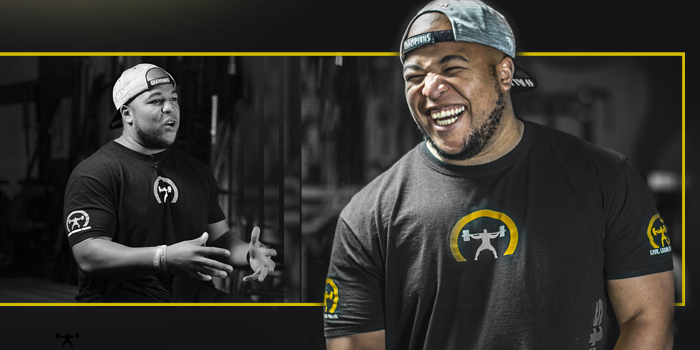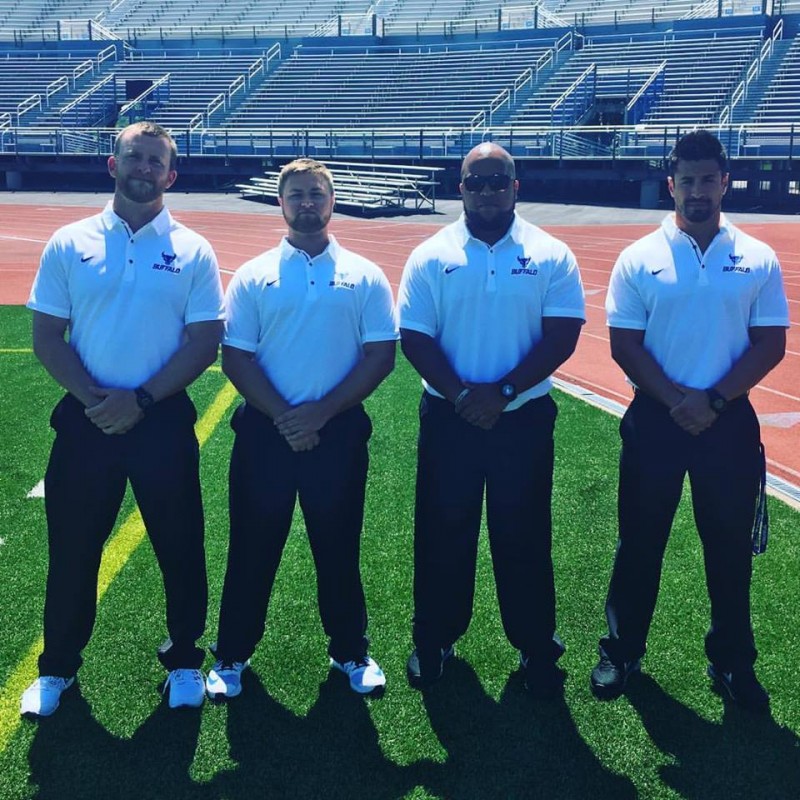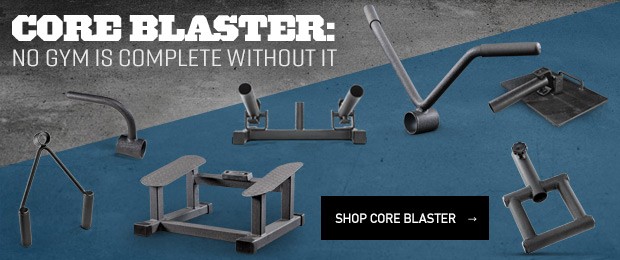
As an industry, we have a tendency to overcomplicate things that are inherently extremely simple. Building mental discipline becomes puke session obstacle courses, and team bonding becomes an elaborate trip to Chuck E Cheese's where we sing kumbaya. Programming? Well, that becomes something ripped out of the pages of a weird science textbook. We turn programming for our athletes into overly complicated scientific equations, when in fact programming is extremely easy.
When I took over as head strength coach, I found out that programming is, in fact, the easiest part of the job. It’s all about how overly complicated you make it. The more complicated, the less efficient. I tell my athletes I want them to move well and move fast. I cannot have rep integrity, movement efficiency and tempo in the weight room if my athletes are dumbfounded by the extremely complex exercise selection that looks like a NASA test simulator. So let me take programming and make it simple for you.
RECENT: Life Is About Growth, Not Comfort
Like the infamous Todd Hamer once told me, “Facilities are the first thing you have to consider.” This is a pretty easy one. Don’t program for what you don’t have. You have to work within the confines of the facility you have. I love machines for vertical and horizontal pulls. I think they are great. I have four pull machines with a seated row attachment and a lat pulldown attachment. That means at any given time I can only have four athletes going at once. So with this in mind, I have to do different variations of rows. Now, once you’ve accepted your love of HIIT training, you may need to take a back seat for the time being, because you are ready to move on to the next step.
The next step for me was figuring out where my athletes were in terms of training age, what they needed, and what they didn’t need. For some people, their answers to these questions may be the following: my athletes are young, they need to get stronger, and they don’t really need to work on velocity-based style lifts yet. Simply getting stronger is good enough for now. Most people at a mid-major school will have this type of response. My thoughts going into the season were a little different than that, yet similar as well. My number one concern was keeping athletes healthy, conditioned, strong, and disciplined. If I could accomplish those tasks I would be happy. Notice I haven’t talked about exercise selection yet, at all.
The next step for me was to draw from experience at previous schools, including what I liked and didn’t like, and what I would repeat. I was lucky to be promoted at a spot where I had already been for months, so I had a pretty good sense of where the athletes were and what they were accustomed to in the weight room. It just so happened to be very similar to what I liked, so I got lucky there.
I think far too often coaches go into a new job and just blow the whole thing up and want to start from scratch in order to instill “their way.” If it worked prior, why blow it up on day one? Remember simplicity and execution. Keep what’s simple for the athletes. Now, if you walk into something that needs to be forgotten as soon as possible then do what you need to do. This wasn’t the case for me. Some tweaks here and there and a splash of my own flavor was sufficient.
Now for the layout and exercise selection. Speaking for myself, I could be dubbed as a “position specific” guy. I have four different groups (skill, big skill, special skill, and line) and a coach that goes with each group (I take the line group). Here is where things can get complicated and people often try to overdo it. Because all of these positions groups play the same sport, I do believe that there are some basic things they all need. But I’m pretty sure we have all come to the consensus that you shouldn’t train a lineman like a cornerback. Specificity is dictated by the job on the field and the body types of the position. I really manipulate things when it comes to accessory movements. The simplest example of this is lat pulldowns for line versus pull-ups for skill. Lineman generally can’t do enough pull-ups the right way to produce an impactful training stimulus. Skill players usually can (bodyweight specific). Now, if I happen to have a lineman that can do pull-ups with good form for the reps demanded then I will allow them to do so (I usually have one or two).
“Don, are you saying you never make your other groups besides line do weighted accessories?” No, I did not say that. Skill pushes weight in a different way than line does, so I manipulate the exercise selection as such and pick when and where to sprinkle it in (think job on the field). Looking at the overall program, I keep the volume pretty low and the intensity moderately high during the season. You have to remember (during the season especially) you’re not trying to build Mr. Olympia or win a gold medal in the Olympics for weightlifting. During the season you’re trying to keep your athletes healthy, strong, and in shape. I keep my athletes in shape by pushing the tempo in the weight room and utilizing built-in tempo runs in the warm-up — “striders”, as I like to call them.
Overall, this may seem like a lot, but it all boils down to this: as a strength staff, we don’t pick overly complicated exercises. We do what’s best for the team, we push tempo, we push relentless effort on every rep, and we monitor fatigue. It’s pretty simple. I’m not out here trying to prove I can make a more complex, innovative system of training that’s going to change the world as we know it. I'm not trying to come up with the next velocity-based, triphasic, or conjugate training system. I’m not broadcasting YouTube videos of all the “cool and flashy” stuff we do. I keep my athletes on the field and keep them attacking. I have a great staff with a coaching style that is hard but precise, not like chickens with their heads cut off just yelling for the sake of yelling. We don’t bring fake juice. We coach. Simplicity and execution.












3 Comments